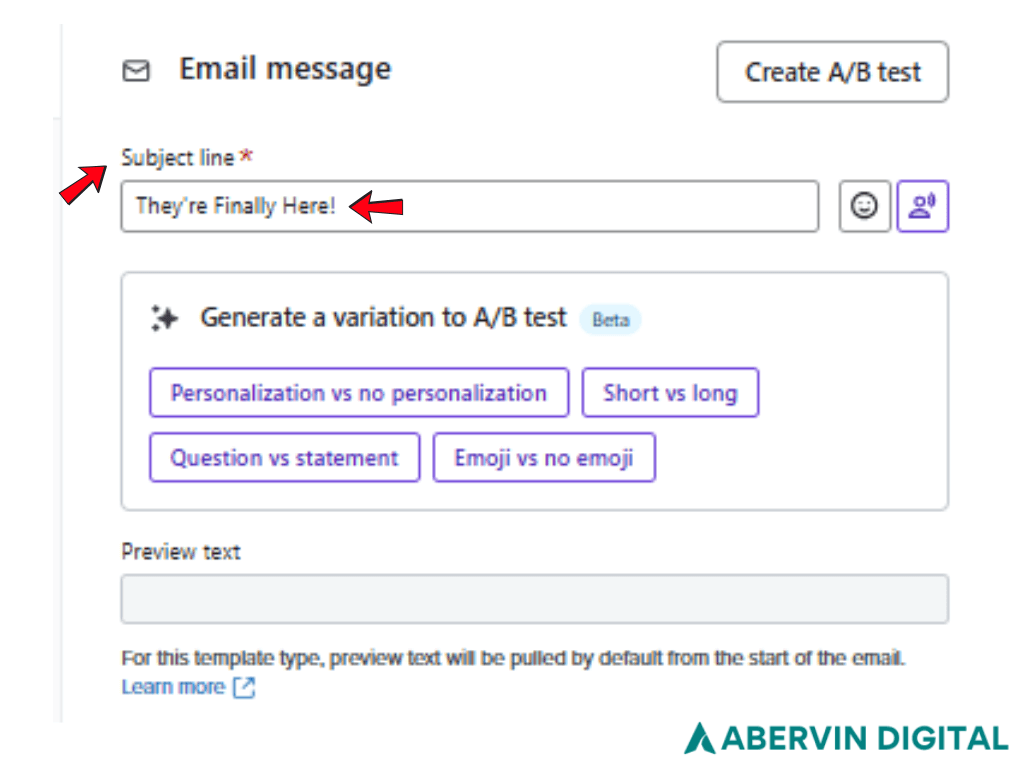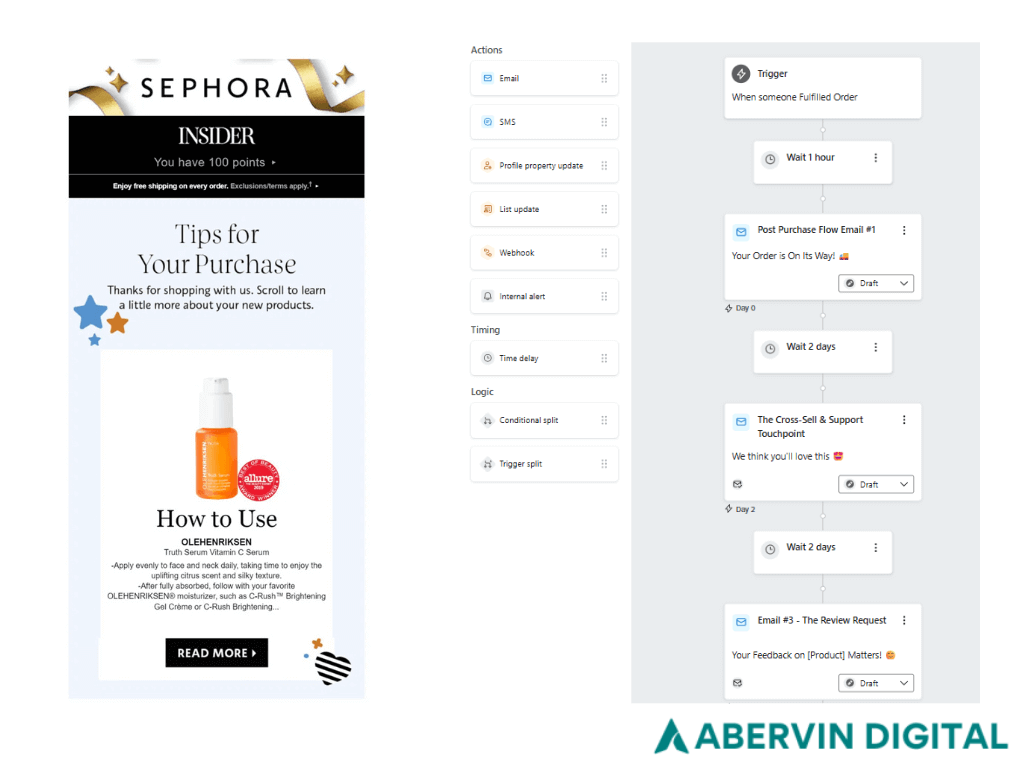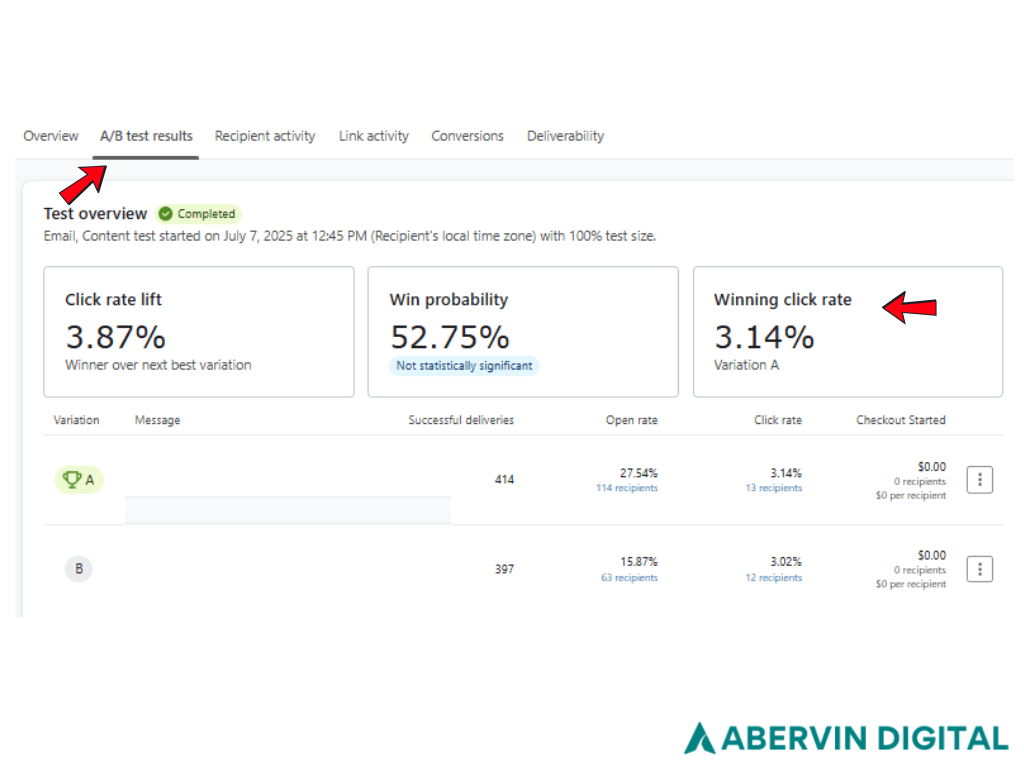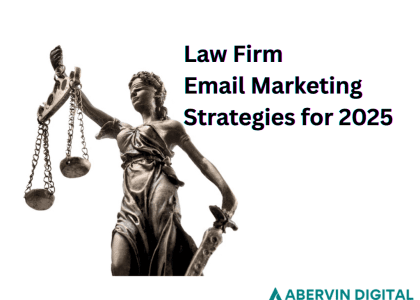In 2025, over 375 billion emails will be sent and received daily. If you want your message to stand out, you need to master email subject line secrets.
We all ignore emails – whether it’s newsletters we forgot we signed up for or promos that straight up just piss you off, our inboxes are loaded with a lot of missed chances – for brands, for people, and for that one startup with potential but no idea how to get their message across.
But the cool thing is…we also open our inbox and actually read emails.
So the question is what actually makes us open one email and ignore another?
Standing out in a crowded inbox and reaching your audience is now more challenging than ever. This is why your email subject line can make or break your campaign. It’s the first thing your audience sees, and it determines whether they’ll open your email or scroll right past it.
The truth is our brains are wired to respond to certain emotional triggers, even when we don’t consciously realize it. Smart marketers know this – and use it to create subject lines that light up parts of the brain tied to curiosity, fear of missing out (FOMO), urgency, and value.
And guess what? You can too.
Here’s how to write subject lines that actually work, starting with the most foundational principle:
Secret #1 – Keep It Short, Sweet, and Scroll-Proof

Your subject line has maybe two seconds to earn a tap.
And that’s generous.
Nobody’s reading a 12-word novel in their notifications. That’s why one of the most important email subject line tips is this: short = powerful.
Short doesn’t mean vague. It means intentional. It means you say only what matters and leave the rest inside the email.
Ever opened a message just because the subject said “Still interested?” or “This ends soon”? Of course you have. They’re brief and they sound like a text from a friend. They stir emotions—curiosity, urgency, FOMO.
In fact, Mailchimp’s research shows that subject lines under 60 characters consistently perform better than longer ones. On mobile, you’ve got about 35–40 characters before your message gets chopped. That means your hook needs to hit early, or it might never get seen.
So we recommend flipping the script and leading with the hook. Get in fast. Earn attention before the scroll takes it away.
Now, there are those times when you do have more to say… when the story can’t be told in five words. In these cases you can use a “longer” subject line – if you do it brilliantly. Longer subject lines can work when they create what psychologists call an “open loop”. Here’s how that works.
Let’s say you use a subject line like “We almost didn’t send this” or “She said something we didn’t expect.” – this creates a loophole – a question. Wait, what didn’t they send? What did she say?! You have to open it to know.
Whether your subject is short or long, it has to stir urgency, curiosity, value, or delight. If it doesn’t make you stop scrolling, it sure won’t stop anyone else.
Secret #2 – Personalize Beyond “Hey First Name”

Back in the day, using |FNAME| tags in your subject line felt cutting-edge. In 2025, if that’s all you’ve got, you’re getting ignored or worse, blocked.
Today, people expect more than a name drop. And on the flip side, if you get too specific with personal info (like recent purchases or stalker-ish browsing history), it can feel invasive.
So, what’s the sweet spot? Behavioral personalization. That’s the real game-changer.
It means creating subject lines based on someone’s actions, not just static data. For example:
- “Still thinking about those sneakers?” after cart abandonment
- “Rainy weekend ahead? Our top indoor picks” based on local weather
That’s subject line personalization that’s helpful, relevant, and respectful.
Even timing matters. Nobody wants a lunch promo at 3 AM. But when a business sends stuff right around the time their audience usually checks their phone – say, mid-morning or right after work – it feels more natural.
Brands like Spotify and Airbnb crush this.
- Spotify might say: “Your daily vibes are ready” and the playlist actually fits your mood.
- Airbnb might hit you with: “Spots to escape to this weekend” and it shows options close to your zip code.
It doesn’t feel like a mass email. It feels like YOU. Like someone built it for you.
So yeah, “Hey John” isn’t enough anymore.
Today’s winning email subject lines are all about context. Use data with empathy. Make your message feel natural, timely, and human.
That’s what gets clicks in 2025. Learn the best time to send emails in 2025 to align your subject lines with peak engagement hours.
Secret #3 – Use Numbers and Lists
Using numbers is one of the most underrated email subject line secrets.
Numbers make your content feel clean, scannable, and super digestible. Most people won’t click on “How to Be Healthier,” but they’ll totally bite on “7 Surprisingly Easy Ways to Feel Healthier by Friday.”
When you see a numbered subject line or headline, your brain quietly goes, “Cool. I know what I’m getting into.” That number up front signals structure, clarity, and a payoff at the end. Whether it’s a list of email subject line tips or marketing hacks, numbers guide the reader.
Interestingly odd numbers perform better than even ones. Yep. In consumer psychology studies, odd numbers like “7” or “11” tend to stand out more. They feel a little more unexpected, a little more “Oooh, this might be different.”
Now, while odd numbers feel unique and bold, even numbers feel safe and trustworthy. Use that to your advantage depending on the vibe you want your subject line to give off.
Take these two:
- “5 Mistakes New Freelancers Make”
- “5 Tricks to Land Clients as a New Freelancer”
Same number, totally different emotional hook. One taps into anxiety and urgency (“Oh no, am I messing up?”) and the other taps into aspiration (“Ooh, I wanna learn the hacks”). Same number, totally different feeling. What you lead with – fear, curiosity, exclusivity, hope – directs how people emotionally react.
To know which subject line style performs best, you’ll want to monitor key KPIs – here are 8 email marketing metrics to track in 2025.
Secret #4 – Smart Marketers Know This Email Subject Line Secret: A/B Test Everything

Here’s the thing. Most marketers? They’re guessing. They write subject lines, send, hope, maybe pray. But you’re smarter than that. That’s why email subject line secrets like A/B testing exist so you can know what works.
Here’s the breakdown: A/B testing means you send two versions of your subject line (or CTA, layout, etc.) to a portion of your list. Half get A. Half get B. Then you measure: opens, clicks, replies, cha-chings. The better one wins. Science, baby.
Now, what should you actually test? Start with subject lines – that’s your first impression. Test short vs. long, serious vs. casual, questions vs. statements. Then try different CTAs. Is “Book Now” better than “Let’s Talk”? You don’t know – yet. Even button colors can make a difference. Yes, really.
At Abervin Digital, we’ve run tests with and without emojis across industries and here’s the truth: what slaps for Gen Z brands might flop for corporate B2B. A 🔥 emoji might work in fashion but not in finance. That’s why testing matters. Know your audience before assuming they’ll love what you love.
Another heads-up: don’t call a test a win too early. If 60 people opened both emails combined, that’s not enough data. Most platforms recommend at least a few hundred opens or testing on 20–30% of your list before making a call.
And even if the version you prefer doesn’t resonate with your audience, let it go. You’re not writing a novel, you’re sending emails. No one cares how clever you felt when you wrote it. The only thing that matters is what performs.
Secret #5 – Advanced Email Subject Line Secrets: Segment by Audience Type
Most subject lines flop because they try to speak to everyone. And when you speak to everyone, nobody feels seen. That’s why one of the most effective yet overlooked email subject line secrets is segmentation.
Yep, you’ve heard of segmenting your list…but are you tailoring your subject lines to each audience type?
Because blasting the same line to a new subscriber and someone who bought twice from you and someone who ghosted you 6 months ago? That’s the fast lane to “Mark as Read.”
Let’s fix that.
Email Subject Line Tips for Each Audience Segment
New Subscribers
Your new subscribers are curious. Maybe even cautious. They’re still getting to know you. So don’t push too hard. Instead, go for low-pressure, warm welcomes. Try subject lines like:
- “Welcome to Abervin Digital… Start here”
- “Your 10% off is waiting”
These work because it’s low pressure. It says, “Hey, glad you’re here,” not “Buy something now.”
Repeat Buyers
Once they’ve bought once or twice, the tone of your messaging has to shift. Now you’re dealing with repeat buyers – people who trust you enough to pull out their card. These folks don’t need long intros or hard sells. What they want is to feel like insiders. Like they’ve earned something.
This is where subject line personalization kicks in. Use lines like:
- “Back for round two?”
- “We saved this for you”
It’s subtle, but the tone matters. You’re not reintroducing yourself – you’re recognizing loyalty.
Dormant Buyers
Then there’s the third group: the quiet ones. Dormant users. These are people who subscribed, maybe bought something once, and then disappeared. With them, the goal isn’t to pitch – it’s to re-engage. To catch their eye and get them to remember why they signed up in the first place. You’re not shouting “50% OFF!” because they’re not listening to that anymore. Instead, try curiosity-piquing lines like:
- “We hit pause… ready to play?”
- “Still into this?”
The content’s the same. But how you frame it changes the outcome.
Test within your segments. Don’t just toss subject lines across your entire list and hope for the best. Try urgency vs curiosity for dormant users. Playful vs direct for returning customers. Look for patterns. Once you see what wins…scale it.
And that’s a wrap on 5 Proven Subject Line Secrets to Skyrocket Your Email ROI!
If you want people to actually open your emails in 2025 – not just let them rot in the inbox then you must use the stuff we talked about in this guide. Mix it up. Play with curiosity, emotion, clarity, weirdness. Try a question, an emoji or even ditching the emoji. The point is: don’t sleepwalk through your subject lines… test, test, test.
Need expert help? Contact Abervin Digital at +1 (720) 583-5547 or visit Abervin Digital to check out our pricing and packages or learn how we can transform your email list.







